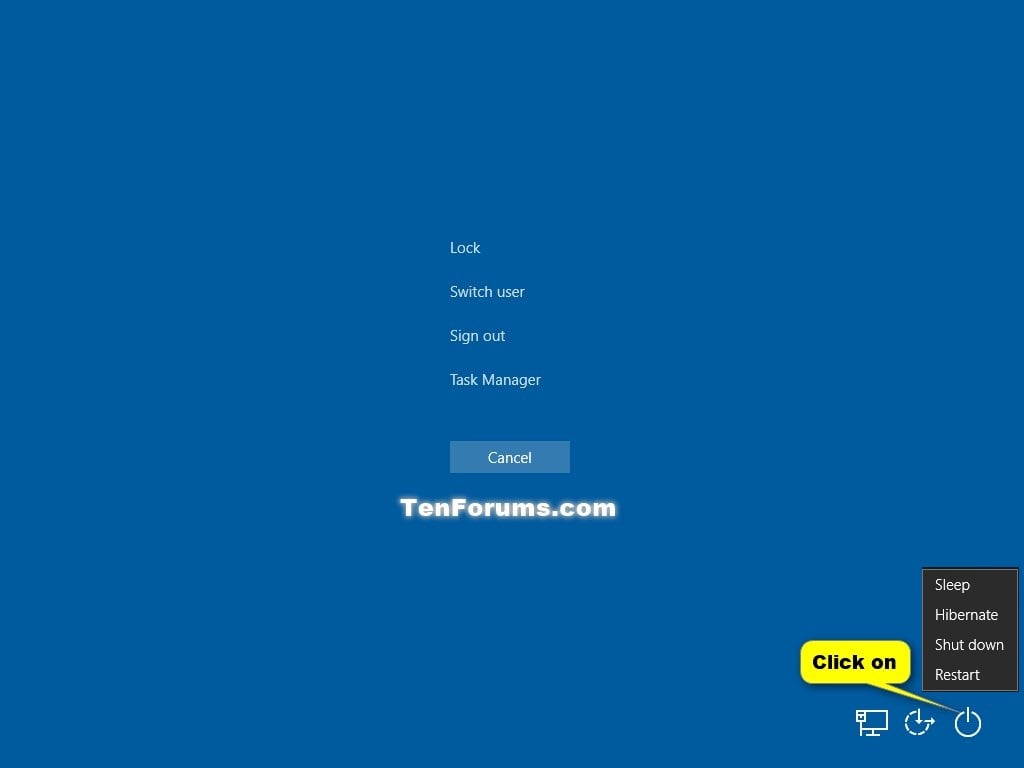
SuperF4 is free software and licensed under GNU GPL v3. When reporting a bug, please specify what version of Windows you are using, and be sure to include any error message you might see. Supportīefore reporting a bug, look through the list of issues on GitHub. All support is greatly appreciated!įor an RSS feed with only new releases, use the GitHub release feed. Lastly, I want to thank everyone who have donated. If you want to install to Program Files, right-click the installer and select Run as administrator.ĭue to this change in the installer, I recommend that you uninstall and install from scratch if you are upgrading from a previous version! I imagine you could do something similar, but also run Sysinternals Streams to wipe the streams from those files as you go.The installer now defaults to install to the %APPDATA% directory, so it won’t ask for administrator privileges when you start it. It has a super long file/folder exclusion list. I feed a CSV spreadsheet to a second script that invokes the most recent version of robocopy.exe with a whole bunch of flags for each line in the spreadsheet. Usually we can skip things like home drives of user who retired >5 years ago, accidental duplicate copies someone made years ago, iTunes Music libraries, temporary files, old installers for Chrome, Firefox, etc, and files that were obviously pirated like files ending in "DvDrip-aXXo.avi" We look at the report and work out which data can be excluded from the transfer. If the file server supports PowerShell remoting the bulk of file system operations happen on the remote server and the response is transferred over the PSRemoting session instead of transferring all the FS commands over SMB.

I run a PowerShell script on the 2016+ machine that discovers all shares on a server, collects metrics about each folder in the top level of the share, and generates a report.

Install Windows Server 2016 or 2019 on a different machine in the same LAN. Install the latest version of Windows Management Framework on it.

Here is my preferred method for copying tons of data off of Windows Server 2008R2: What is in those alternate streams anyway? I've only ever seen the feature used by applications to store data in the Zone.Identifier stream to say where a downloaded file came from. Isn't alternate streams an NTFS feature? I don't think you use NTFS features on a non-NTFS file system like ext4 or btrfs, but you should be able to copy the default stream.


 0 kommentar(er)
0 kommentar(er)
